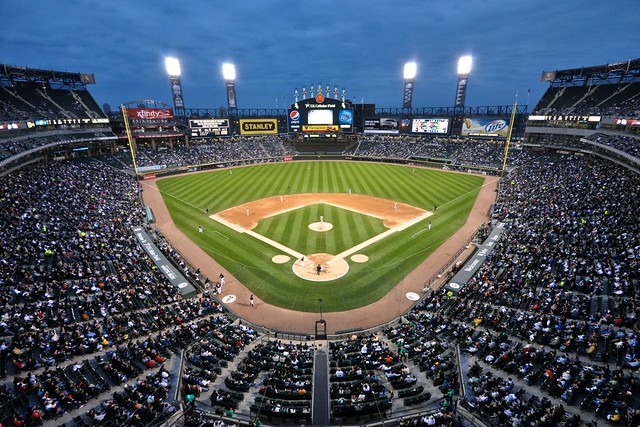RosterResource Free Agency Roundup: AL Central
In the second of a six-part series — you can see the AL East here — I’ll be highlighting each team’s most notable free agents and how it could fill the resulting void on the roster. A player’s rank on our recently released Top 50 Free Agents list, along with Kiley McDaniel’s contract estimates from that exercise, are listed where relevant. In some cases, the team already has a capable replacement ready to step in. In others, it’s clear the team will either attempt to re-sign their player or look to the trade or free agent markets for help. The remaining cases are somewhere in between, with in-house candidates who might be the answer, but aren’t such obvious everyday players to keep the team from shopping around for better options.
Here’s a look at the American League Central.
Chicago White Sox | Depth Chart | Payroll
Jose Abreu, 1B/DH
FanGraphs Top 50 Free Agent Ranking: 44
Kiley McDaniel’s contract projection: 1 year, $11M
Andrew Vaughn, the No. 3 overall pick in the 2019 amateur draft and the White Sox’s first baseman of the future, isn’t likely to need much time down on the farm. But it’s rare that any prospect, even one as advanced at the plate as the 21-year-old Vaughn, doesn’t spend at least one full season in the minors. Therefore, the White Sox will require a stopgap at first base in 2020 and have already taken a necessary step to keeping Abreu around for at least one more season.
The 32-year-old was tendered a qualifying offer, which will hurt his value if he wants to test the free agent waters. He could just settle for the one-year, $17.8 million contract or work out a long-term deal that would ensure he’s around to mentor the next wave of prospects, which could include Vaughn, second baseman Nick Madrigal, and outfielders Luis Robert and Luis Alexander Basabe, all who could arrive during the next two seasons. Read the rest of this entry »

